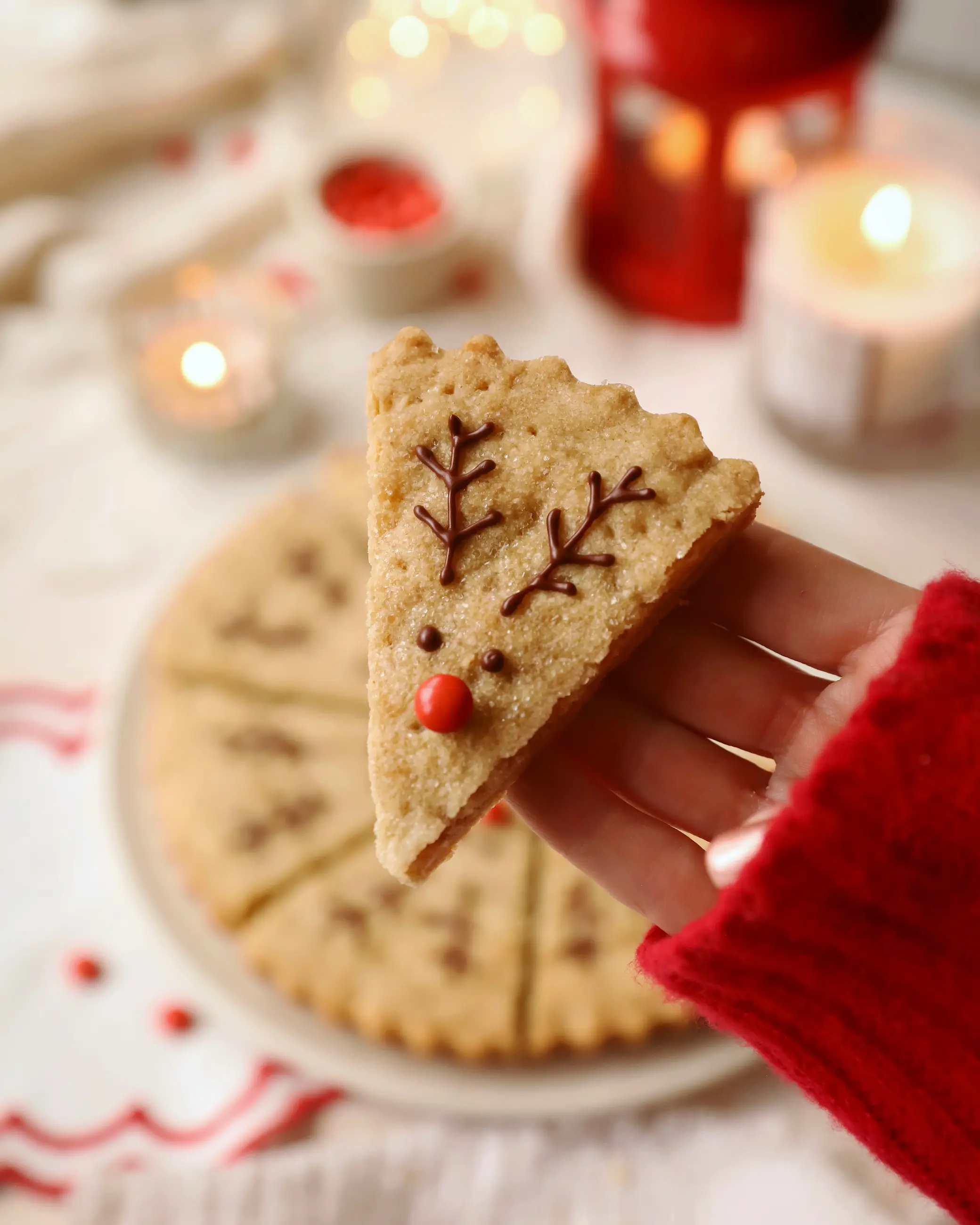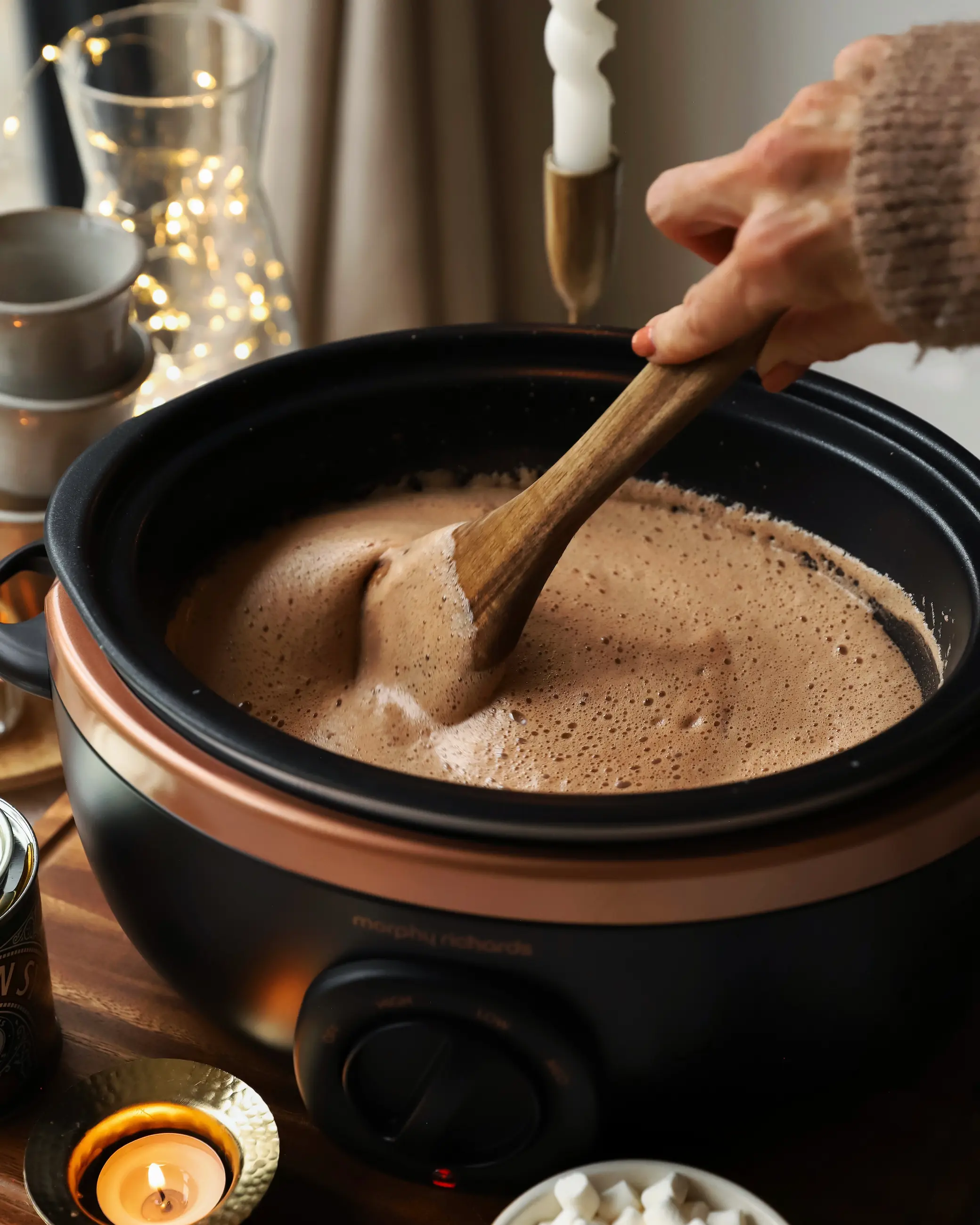Recipe details
Ingredients
- 400g golden caster sugar
- 100g golden syrup (I used Lyles)
- 1 tbsp white wine vinegar
- 4-6 apples, such as Granny Smith
- 100ml water
Additional optional ingredients for toppings, such as: chopped nuts, sprinkles, chocolate chips or mini marshmallows
You will also need something to skewer your apples with, such as sticks, wooden skewers, or toffee apple sticks that you can order cheaply from Amazon
Instructions
- Put the apples in a large bowl and pour over boiling water. Carefully remove them and dry them quickly, removing any of the waxy coating that may prevent the toffee from sticking.
- Gather the sticks / skewers you are using and insert one about half way into each skewer and stand them on a baking tray lined with greaseproof paper.
- In a deep pan, pour in the sugar and water and warm over a medium heat until the sugar has dissolved and it’s thick and syrupy.
- Pour in the golden syrup and vinegar, and stir to combine. Turn the heat up slightly and let it bubble and boil until it reaches 150c (hard crack). If you don't have a sugar thermometer a good way to test this is by getting a bowl of cold water and putting a small spoon of the toffee into it. If it goes rock hard then it's ready. If you can still squish it with your fingers it needs longer.
- Remove from the heat and quickly, but carefully, roll each apple in the toffee, ensuring to cover all round. Shake off any excess and quickly dip the bottoms in any toppings if using. Stand upright on the baking tray and allow the toffee to set. If the toffee starts to thicken and becomes hard to coat, simply put it back on the heat and allow it to soften again.

What are Toffee Apples?
Toffee apples, also known as Caramel Apples in some regions, are a popular treat typically enjoyed during Autumn, especially around Halloween and Bonfire Night. They consist of whole apples, usually tart varieties like Granny Smith, which are skewered with sticks or dowels.
The apples are then coated with a layer of hot, sticky toffee or caramel. This coating is made by heating sugar, butter, and sometimes other ingredients like condensed milk until it reaches a thick, gooey consistency. The toffee quickly hardens around the apple as it cools, creating a sweet, crunchy shell.
Toffee apples are often decorated with additional toppings like chopped nuts, sprinkles, or chocolate chips while the toffee is still soft, providing extra texture and flavour.

What gives Toffee Apples their shine?
Toffee Apples get their shiny appearance from the process of caramelisation. When you make the toffee coating, you heat sugar and other ingredients until they reach a high temperature. As the mixture cools and solidifies around the apple, it forms a smooth, glossy surface.

Can you use garden sticks for Toffee Apples?
Yes, you can use garden sticks for toffee apples. Garden sticks, also known as wooden dowels or skewers, are commonly used for making toffee apples. They serve as a handle for the apple, allowing you to dip and coat it in the hot toffee or caramel mixture.
When using garden sticks, make sure they are clean and free of any chemicals or contaminants that could transfer onto the toffee. It's sensible to wash and dry them thoroughly before inserting them into the apples.
Ensure that the sticks are long enough to securely hold the apple while leaving a portion for easy handling. Typically, the stick is inserted into the core of the apple from the stem end, where the apple's natural indentation provides a stable grip.






